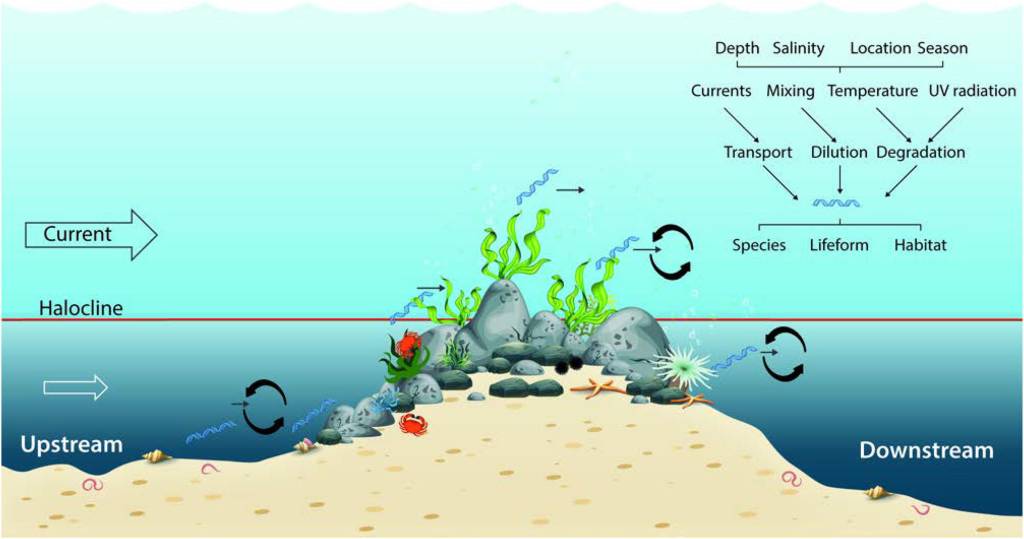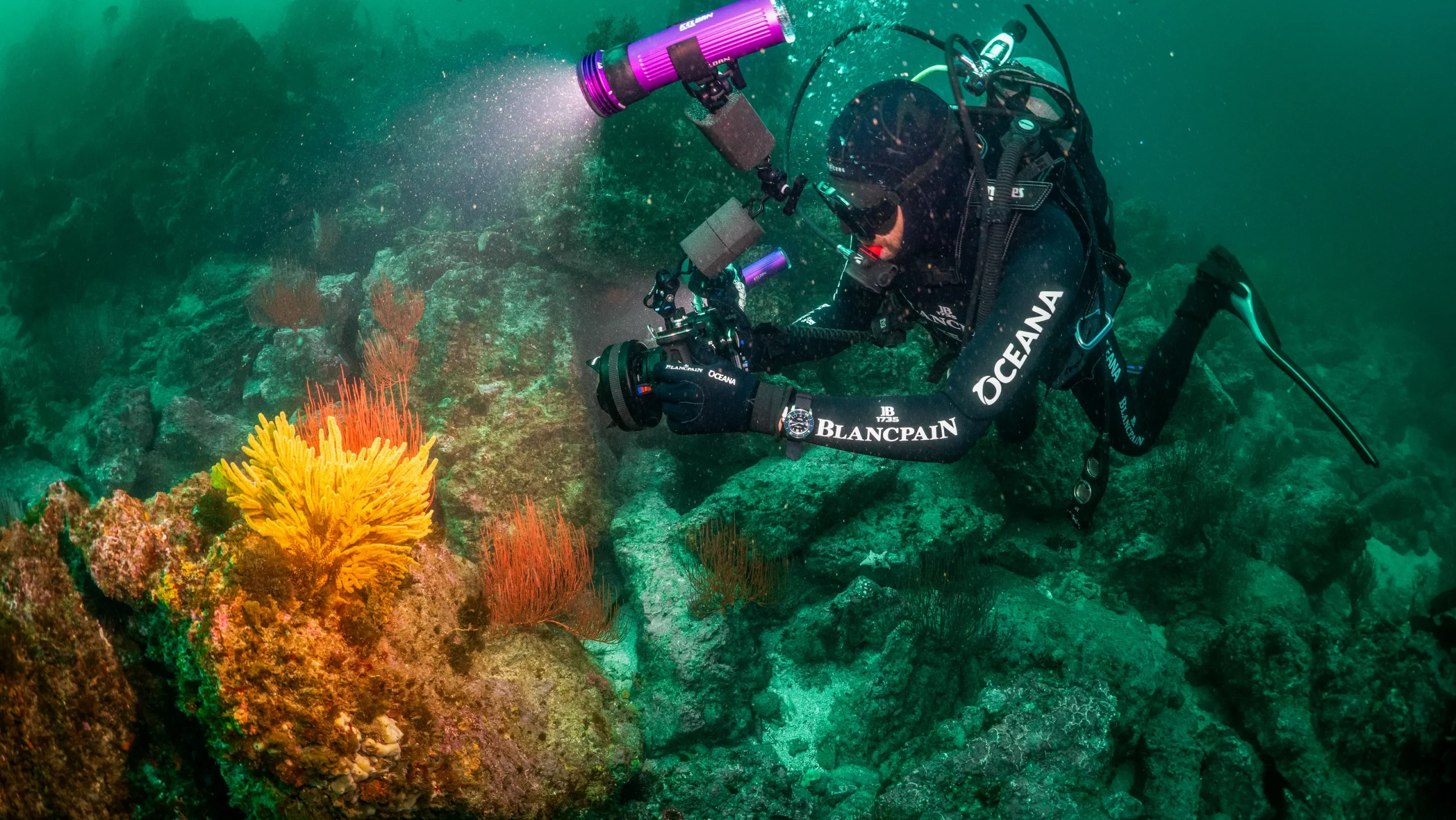Recently, researchers embarked on a fascinating journey to uncover the hidden marine life and conditions around the Channel Islands, using cutting-edge DNA analysis techniques. These scientists, diving around the remote islands off Ventura, focused on collecting traces of environmental DNA (eDNA) left behind by various sea creatures.
This expedition, conducted over five days in April and May, aimed to capture a comprehensive snapshot of the marine ecosystem. The team from Oceana, a conservation group, explored the waters of the Anacapa, Santa Cruz, and Santa Barbara islands, all part of the Channel Islands National Park.
Their mission involved diving into kelp forests and reefs, gathering samples, and cataloging numerous species, including fish, crabs, sea stars, lobsters, and other invertebrates at depths ranging from 30 to 50 feet.
Caitlynn Birch, Oceana’s Pacific marine scientist, explained the dual approach of their sampling. For every shallow water sample collected, a corresponding offshore deep-water sample was also taken. This method ensured a comprehensive analysis of both visible and elusive species.
“The benefit of eDNA is that it may be able to identify and mark species in certain areas that we are not able to see ourselves, especially the cryptic ones that don’t like to be seen,” Birch noted.
The environmental DNA, or eDNA, collected from the water holds valuable information. Adrian Munguia, a consultant working with Oceana, explained that these eDNA traces can remain detectable in the water for up to two or three days. This time window allows researchers to capture a recent and accurate signal of the biodiversity present at a given site.
The DNA could originate from species currently inhabiting the area or from those that passed through recently. While ocean currents can transport some eDNA molecules, they generally stay close to the collection site.
One question that arises is whether eDNA testing could eventually replace traditional diving surveys. Munguia believes that both methods complement each other. Diving surveys might miss smaller species, but eDNA testing can fill in those gaps.
However, eDNA testing isn’t flawless, and combining it with traditional diving surveys provides a more comprehensive picture of the marine environment. In one study, scientists doubled the number of species detected by using both methods together.
The results of the eDNA analysis from this expedition are expected in the coming months. This data will offer deeper insights into the marine life and conditions around the Channel Islands, potentially revealing species that are rare or difficult to observe directly.
In addition to collecting eDNA samples, the team also piloted underwater robots equipped with side-scan sonar. These robots aim to assist in conservation efforts, such as locating lost fishing gear. “We were curious if the side-scan sonar would be able to identify things as small as corals and kelps and fish,” Birch said.
The ability to pinpoint lost gear is crucial, as abandoned fishing equipment can harm marine life, from small corals to large whales. During their brief survey, the team immediately identified lost gear, underscoring the utility of this technology in marine conservation.
This expedition is the first of three planned by Oceana in collaboration with Swiss watchmaker Blancpain. Their ongoing partnership aims to leverage advanced technology and innovative methods to protect and study marine ecosystems.

The use of eDNA in marine research is a promising development. It allows scientists to detect species that might otherwise go unnoticed and to gain a better understanding of the overall health and diversity of marine ecosystems.
This method is particularly valuable for studying cryptic species—those that are hard to spot because they are either small, rare, or well-camouflaged.
As marine ecosystems face increasing threats from climate change, pollution, and overfishing, tools like eDNA analysis become even more critical. They provide a non-invasive way to monitor and protect these environments, offering data that can inform conservation strategies and policy decisions.
The Channel Islands expedition is a prime example of how modern technology and innovative methods can enhance our understanding of the natural world. By combining traditional survey techniques with advanced DNA analysis, researchers can paint a more detailed picture of marine biodiversity and the factors that influence it.
The ongoing work by Oceana and its partners serves as a beacon of hope for marine conservation. As they continue to explore and study the rich ecosystems around the Channel Islands, their findings will contribute to a global effort to protect and preserve the oceans for future generations.
In conclusion, the use of eDNA to identify sea creatures and assess marine conditions of the Channel Islands marks a significant advancement in marine research. This approach, combined with traditional methods and modern technology, offers a comprehensive way to study and protect our oceans.
Through continued exploration and innovation, we can better understand and safeguard the incredible diversity of life beneath the waves.
Read more news:
